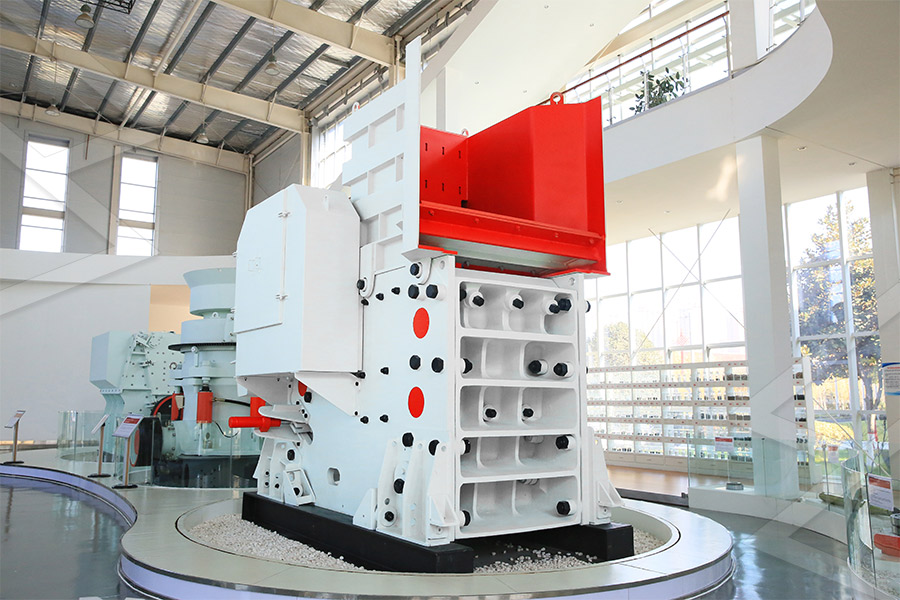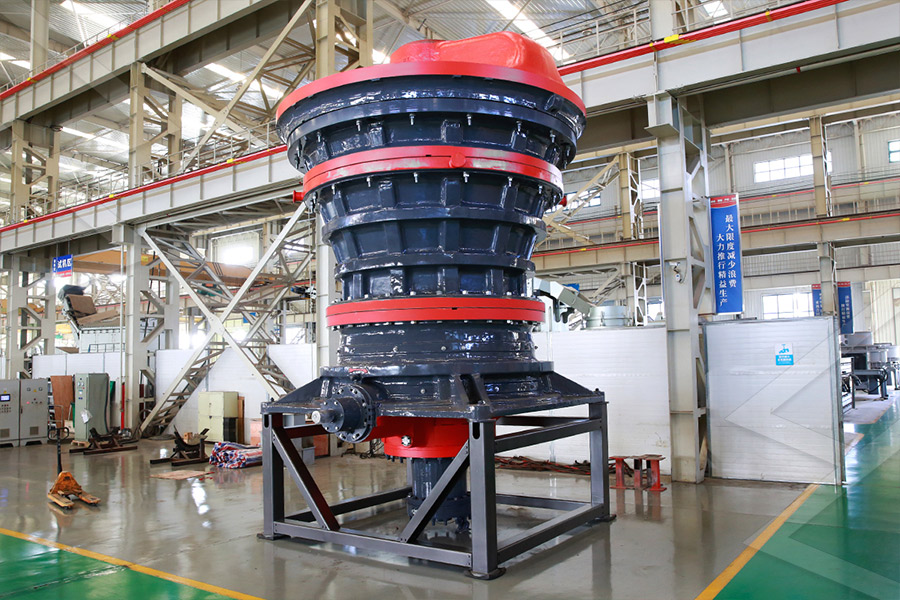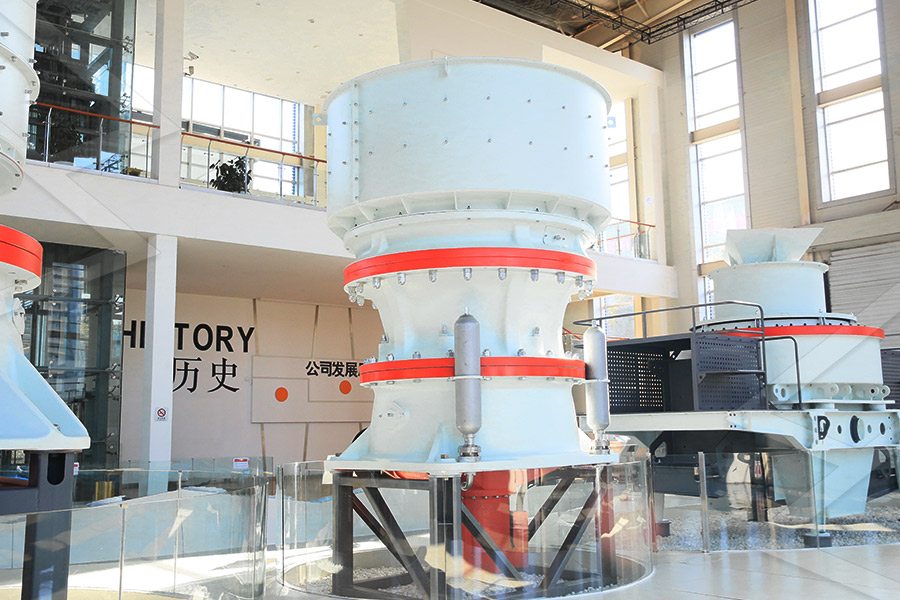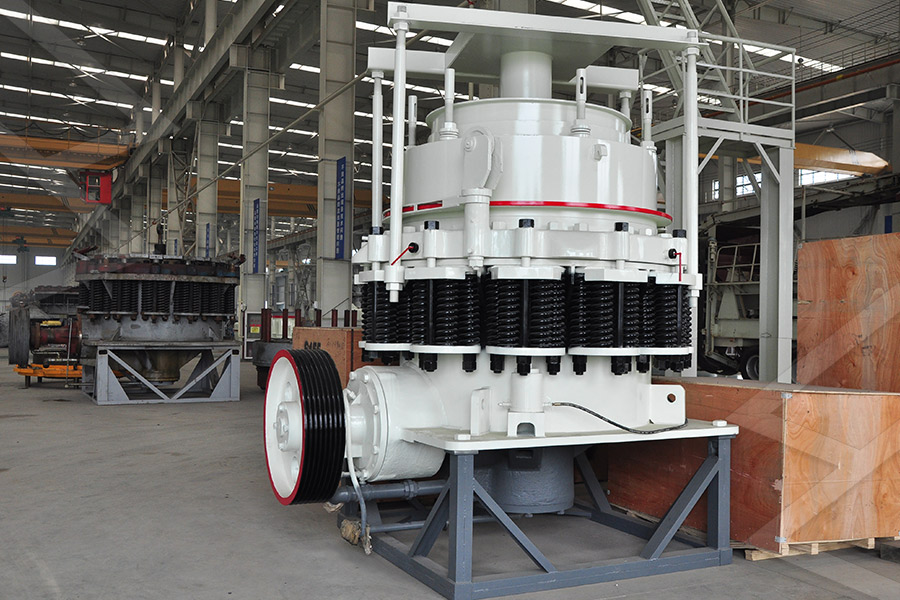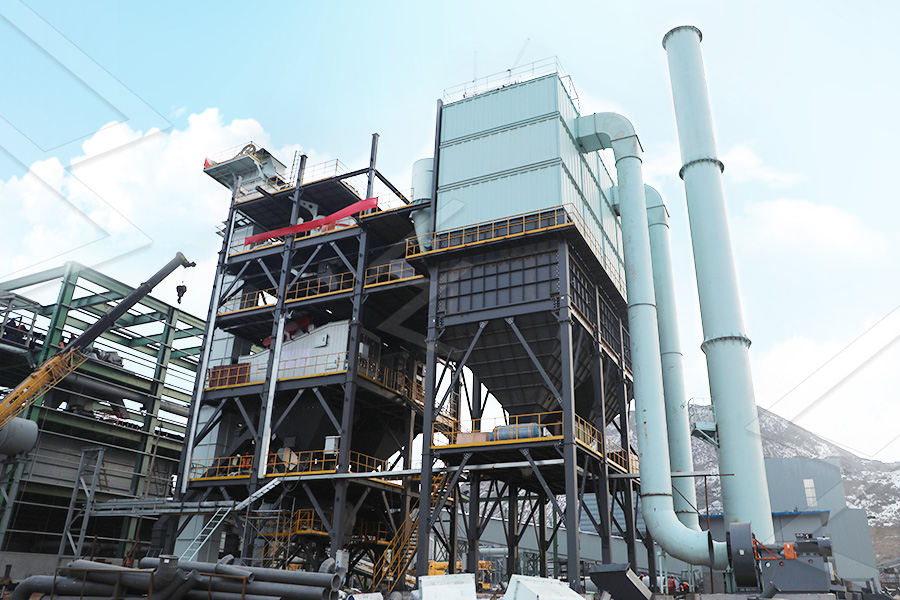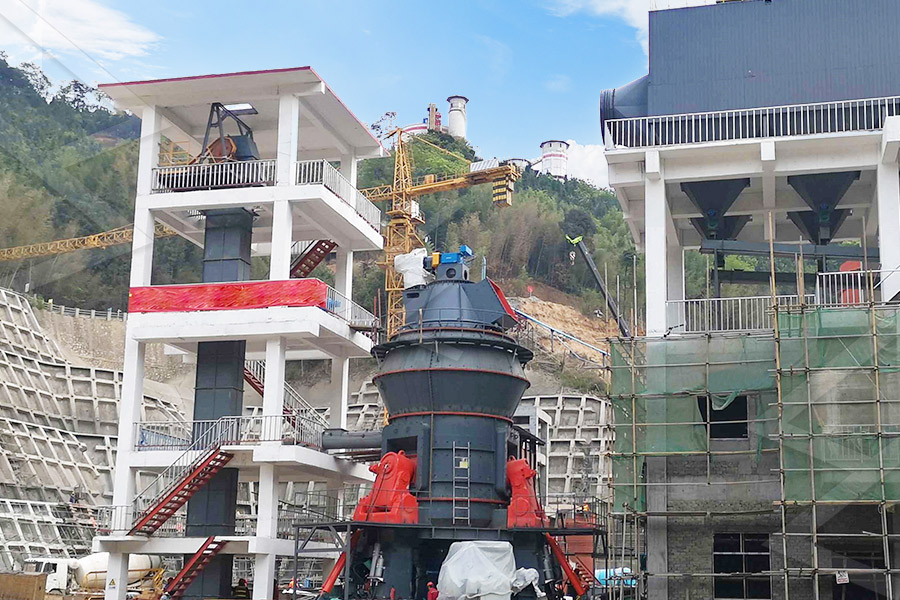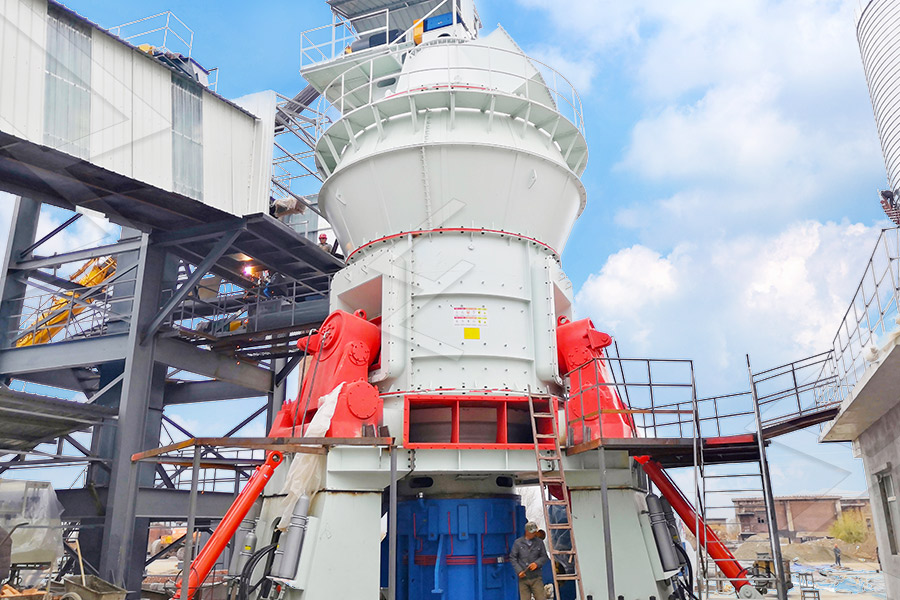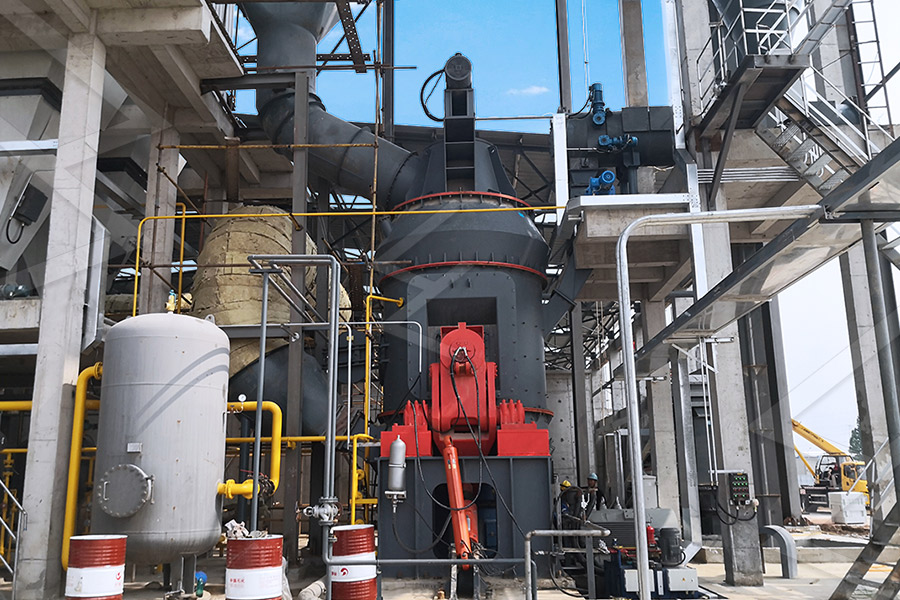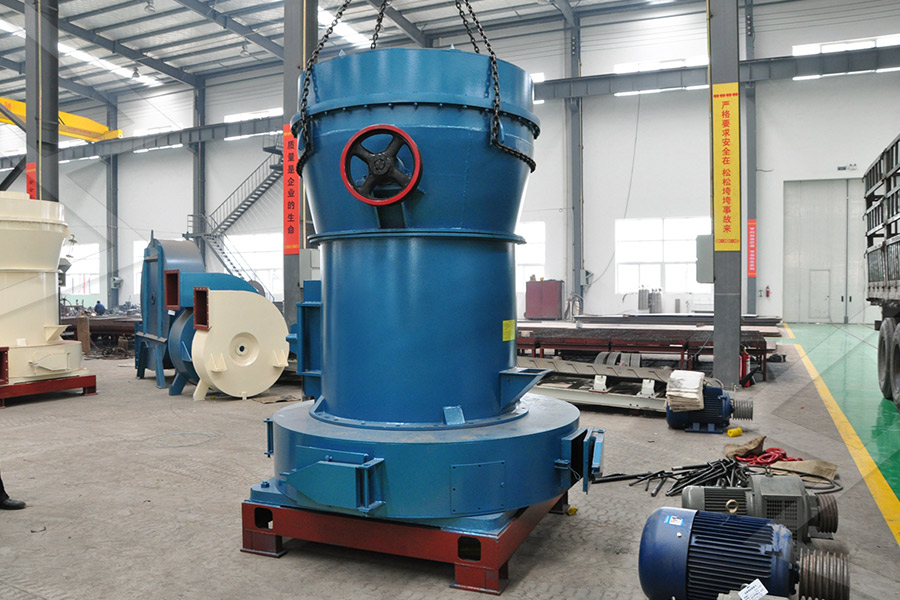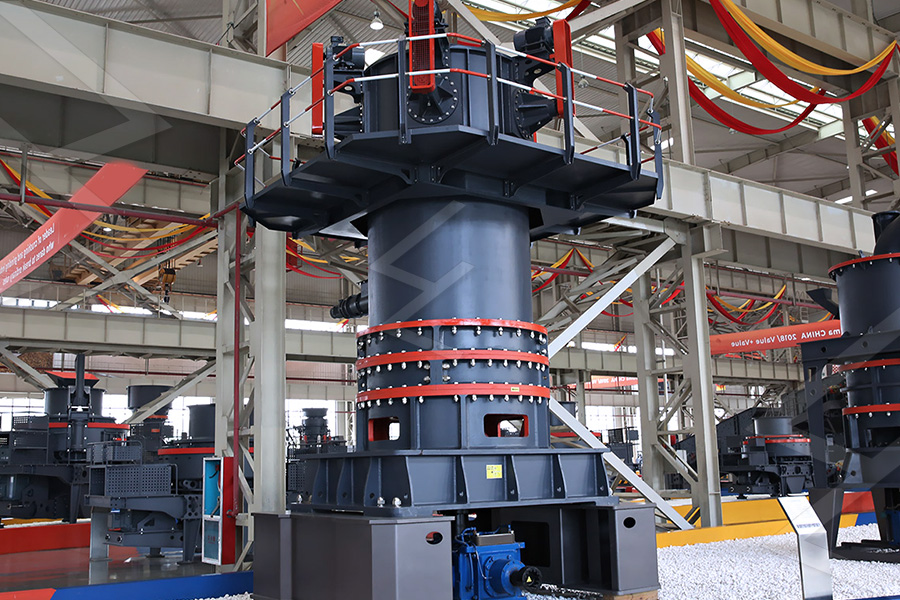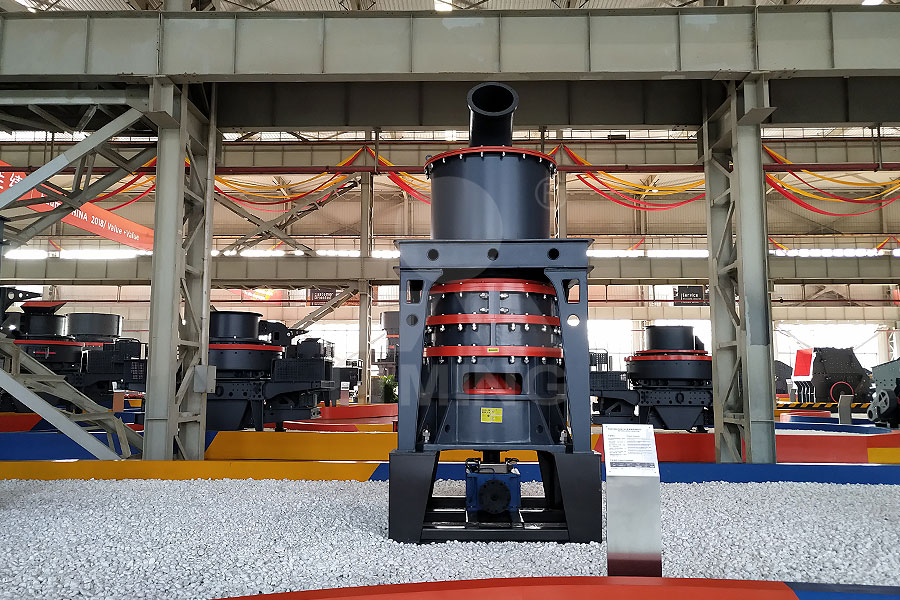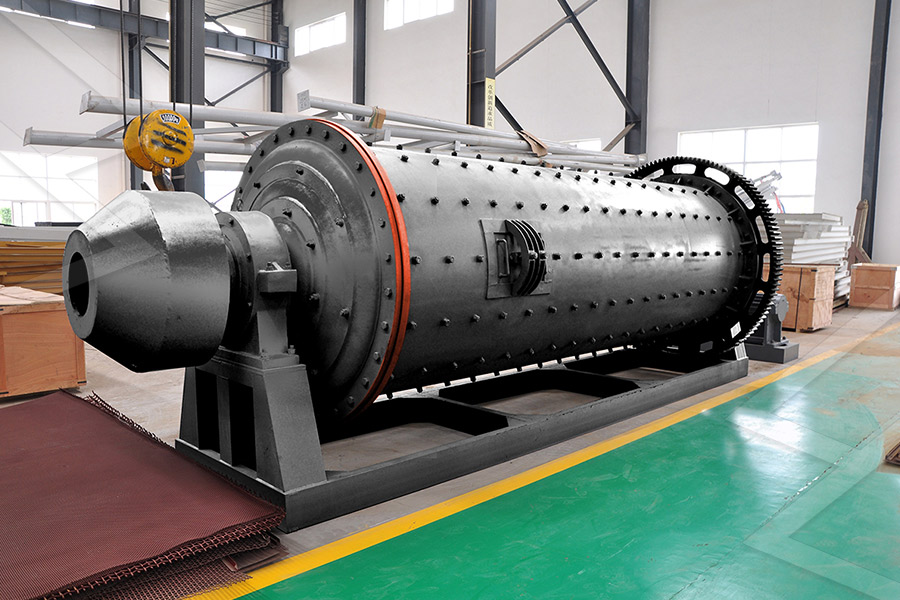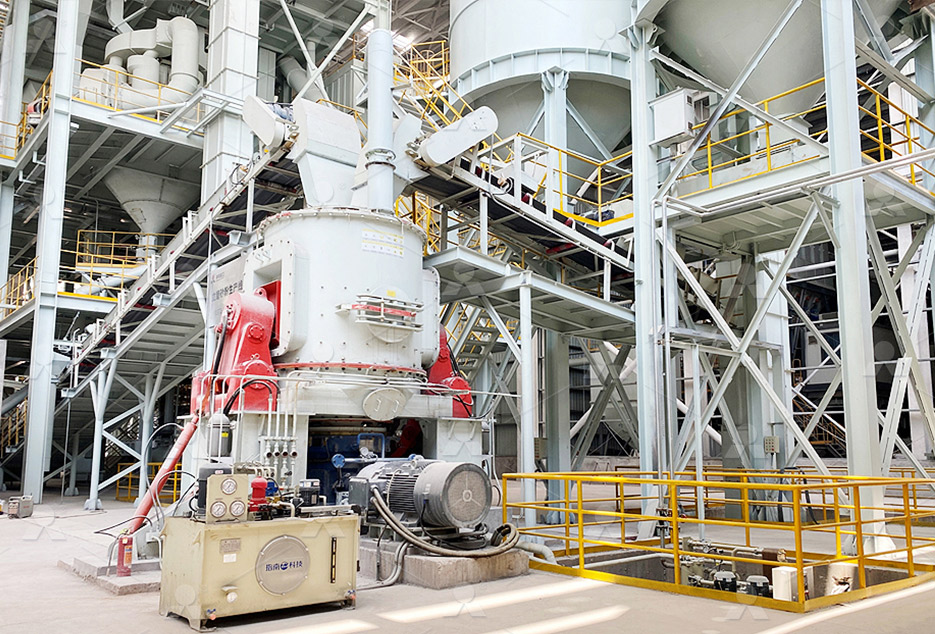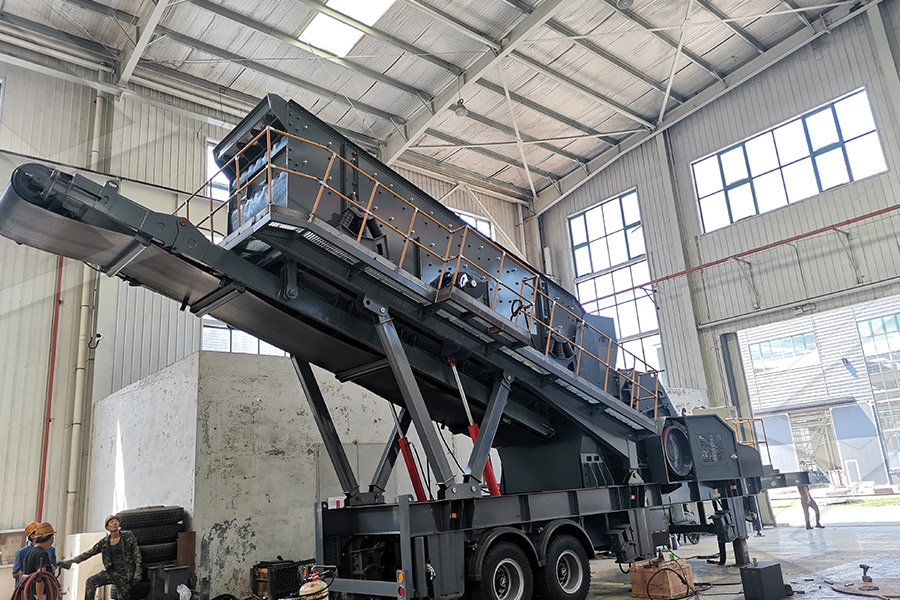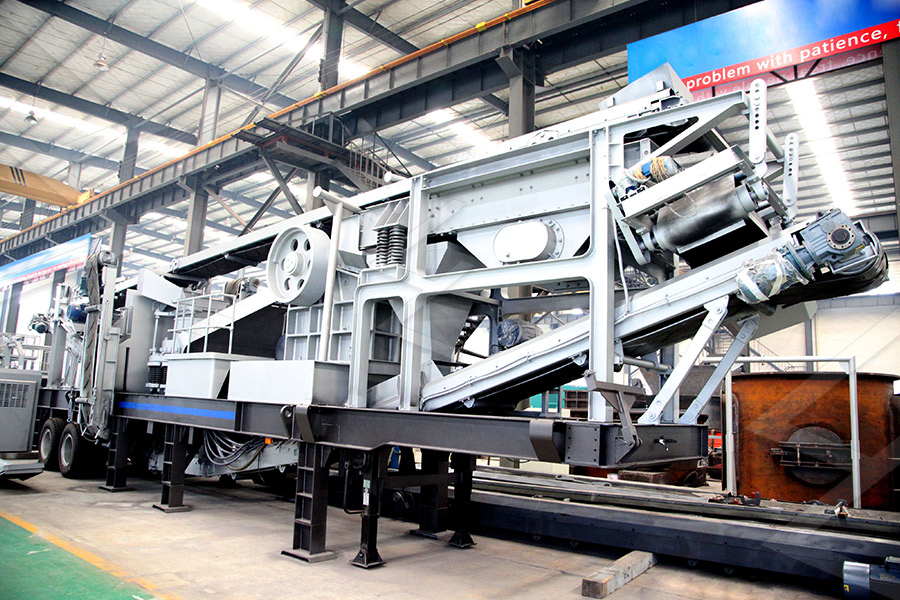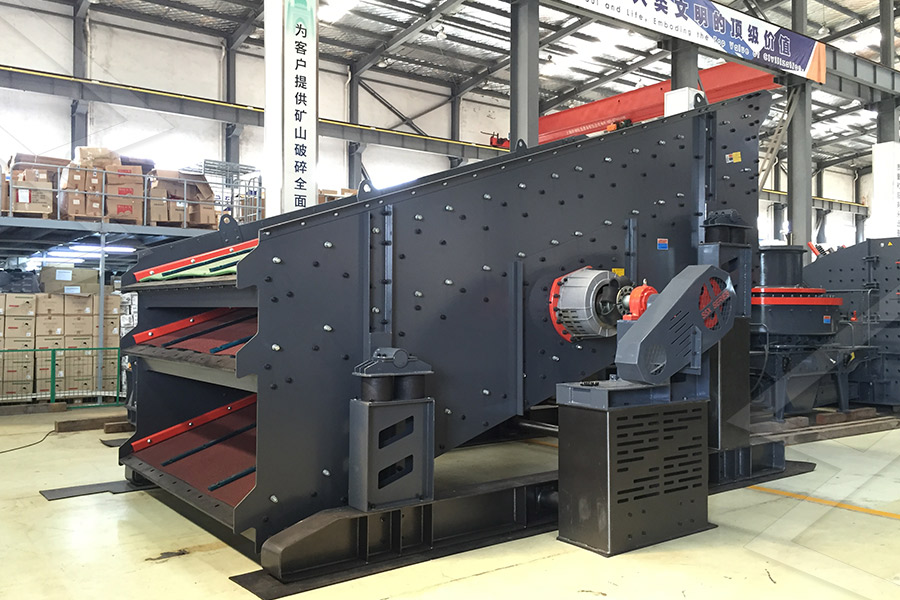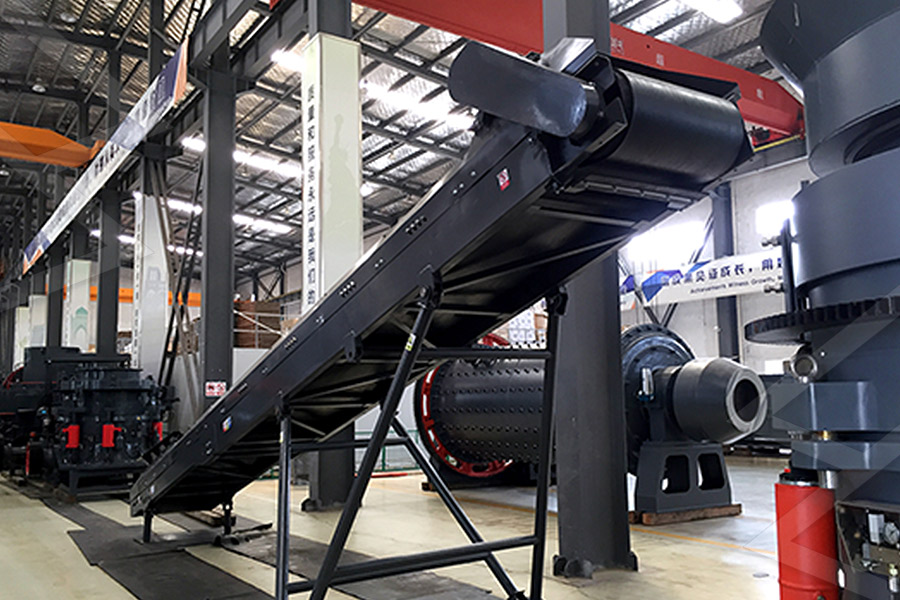psha双腔回转式破碎机
2023-12-12T16:12:03+00:00
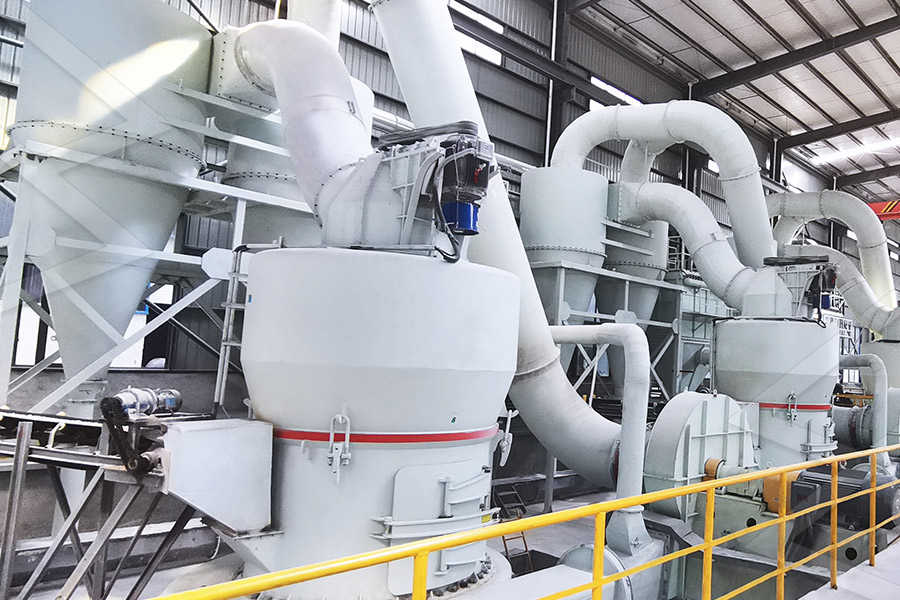
Recommendations for Probabilistic Seismic Hazard
WebMar 25, 2021 Probabilistic Seismic Hazard Analysis (PSHA) is a methodology that estimates the likelihood that various levels of earthquakecaused ground motion will be WebThe purpose of Probabilistic Seismic Hazard Analysis (PSHA) is to evaluate the hazard of seismic ground motion at a site by considering all possible earthquakes in the area, Probabilistic Seismic Hazard Analysis (Technical Report)
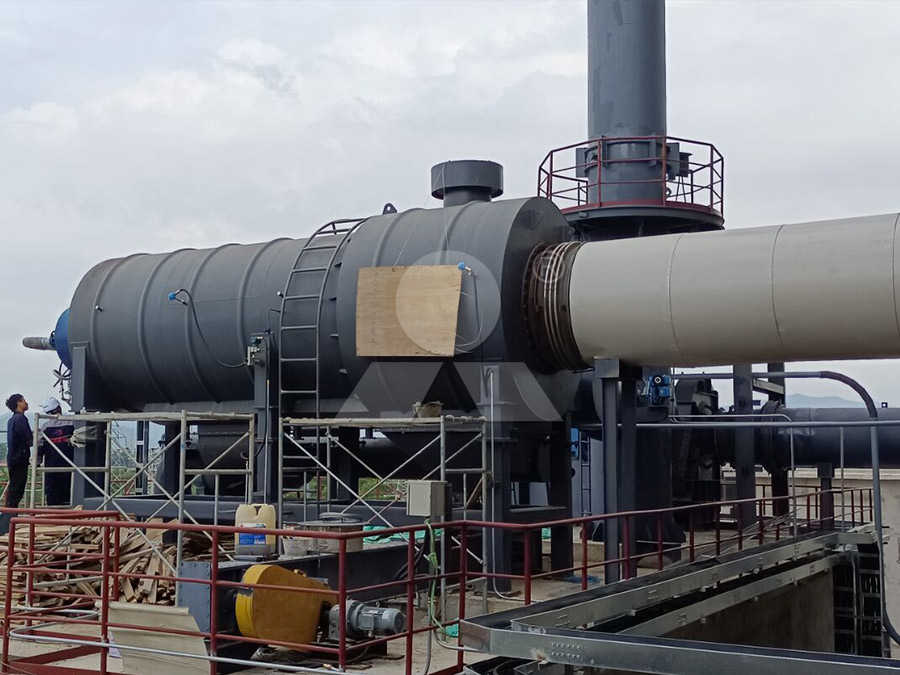
Practical Implementation Guidelines for SSHAC Level 3
WebMar 9, 2021 The information in this NUREG is based on recent efforts to capture the lessons learned in the PSHA studies that have been undertaken using the SSHAC WebAug 12, 2018 Unlike Deterministic Seismic Hazard Analysis (DSHA), Probabilistic Seismic Hazard Analysis (PSHA) allows uncertainties in the size, magnitude, location, site Introduction to Probabilistic Seismic Hazard Analysis (PSHA)
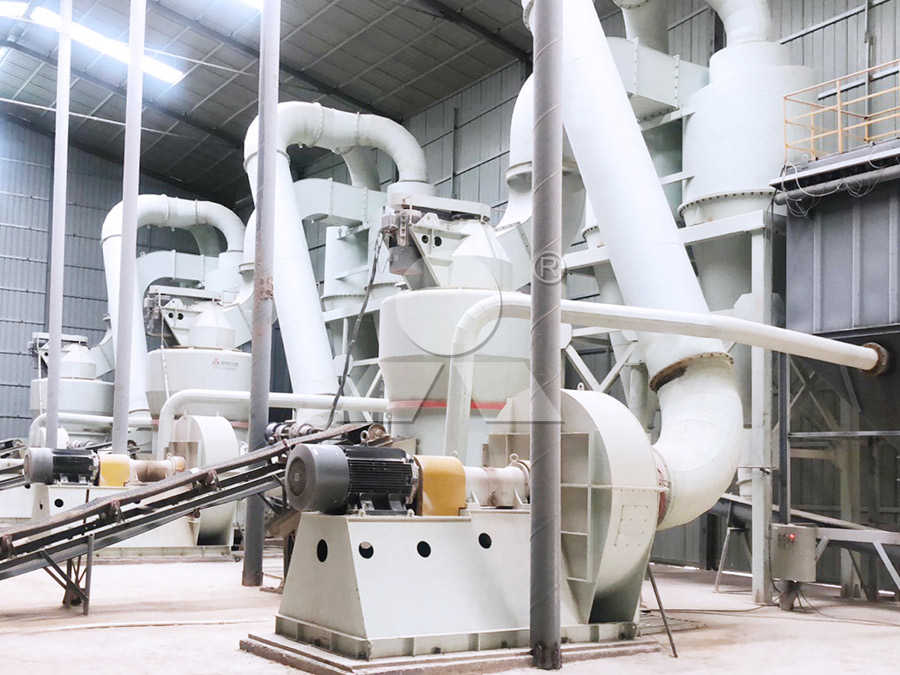
11 Probabilistic Seismic Hazard Analysis University
WebA rule for PSHA is that all aleatory variability is modeled by pdfs and there should be an integral over each pdf While the integral over the ground motion pdf is implied in eq WebMay 2, 2022 nshmphazv2 US Geological Survey (USGS) National Seismic Hazard Model Project (NSHMP) codes for performing probabilistic seismic hazard (PSHA) and related Earthquake Hazards Software US Geological Survey
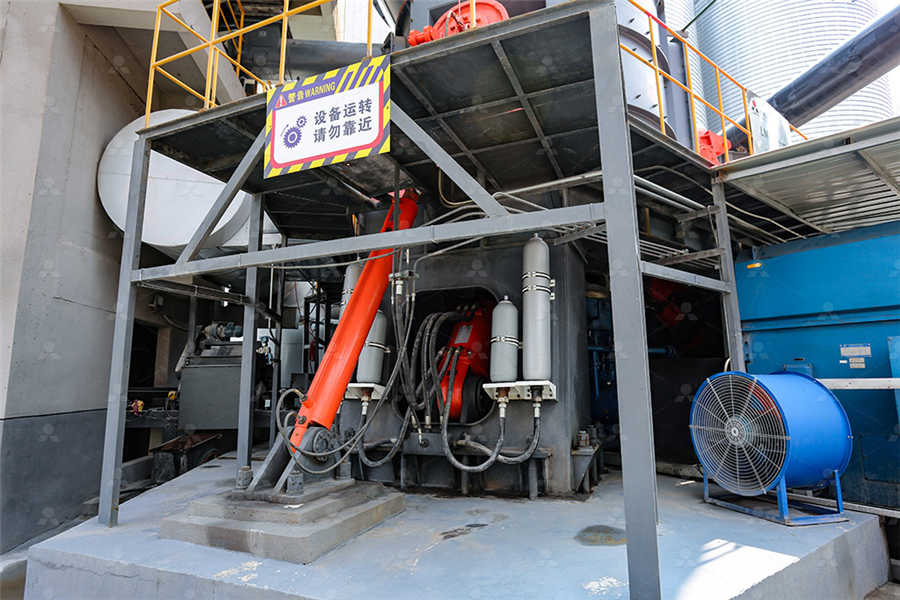
PSHA – Pennsylvania SpeechLanguageHearing Association
WebClarification On the Terminology and John Fetterman The Pennsylvania SpeechLanguageHearing Association (PSHA) is the state association of SpeechLanguage Pathologists WebPSHA is an approved provider by the Pennsylvania Department of Education to sponsor Continuing Education programs as required by ACT 48 This program is offered for 21 PSHA Convention – PSHA

New PEER Report 2018/03: "Probabilistic Seismic Hazard
WebSep 10, 2018 The PSHA codes developed in the future can be verified by running the tests and comparing the results to the benchmark answers documented in this report Note: WebMar 25, 2021 Probabilistic Seismic Hazard Analysis (PSHA) is a methodology that estimates the likelihood that various levels of earthquakecaused ground motion will be exceeded at a given location in a given future time period Due to large uncertainties in all the geosciences data and in their modeling, multiple model interpretations are often Recommendations for Probabilistic Seismic Hazard Analysis NRC Web

3 Introduction To Probabilistic Seismic Hazard Analysis
WebAs discussed in Chapter 2, a PSHA can be considered as a large number of determinsitic analyses The first step in a PSHA is to develop a set of relevant scenario earthquakes to consider This step is called the source characterization The term “relevant” here refers to the severity of the ground motions from the scenario earthquakeWebMar 9, 2021 The information in this NUREG is based on recent efforts to capture the lessons learned in the PSHA studies that have been undertaken using the SSHAC Guidelines As a companion to NUREG/CR6372, this NUREG provides additional practical implementation guidelines consistent with the framework and higherlevel guidance of Practical Implementation Guidelines for SSHAC Level 3 and 4
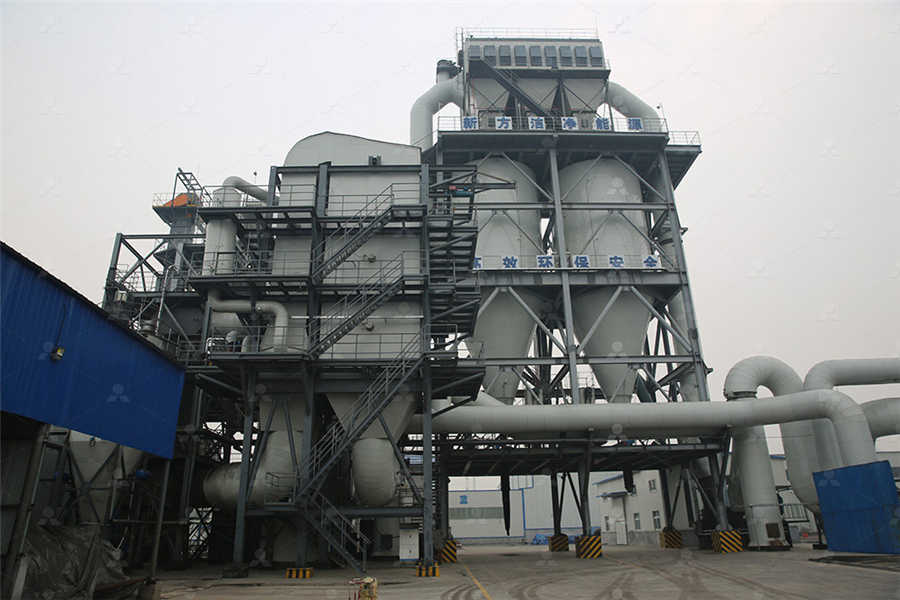
New PEER Report 2018/03: "Probabilistic Seismic Hazard Analysis Code
WebSep 10, 2018 The PSHA codes developed in the future can be verified by running the tests and comparing the results to the benchmark answers documented in this report Note: the scope of this project is PSHA computer code verification This project does not make recommendations on how to model earthquake scenarios from the specified source WebJul 20, 2013 This study deals with the application of probabilistic seismic hazard analysis (PSHA) for a rock site located in Algiers city For this purpose, recent ground motion prediction equations developed in the world for similar sismotectonic context are used through logic tree in PSHA framework; the obtained results reflect clearly the high Scalar and vector probabilistic seismic hazard analysis Springer

Frontiers Fault SystemBased Probabilistic Seismic Hazard Assessment
WebDec 9, 2020 Including faults as seismogenic sources in probabilistic seismic hazard assessments (PSHA) has turned into a common practice as knowledge of active faults is improving Moreover, the occurrence of earthquakes in multifault ruptures has evidenced the need to understand faults as interacting systems rather than independent sources WebJan 25, 2020 Earthquakes have a damaging impact on the economic welfare and resilience of communities, particularly in developing countries Seismic hazard assessment is the first step towards performing prevention, preparedness, and response or recovery actions to reduce seismic risk This paper presents a computation tool for predicting the A practical probabilistic earthquake hazard analysis tool
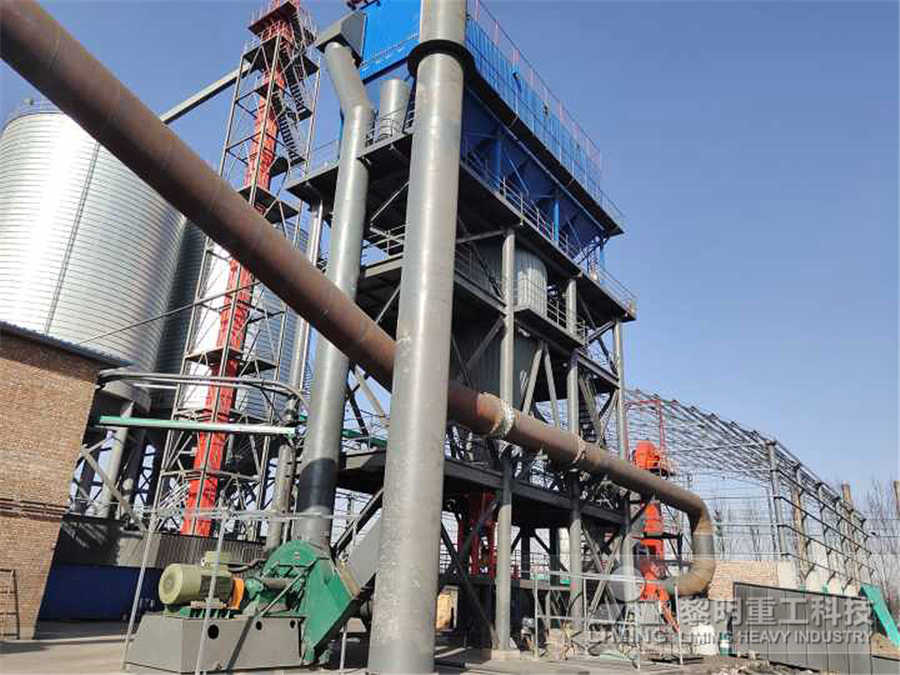
Probabilistic Seismic Hazard Assessment (PSHA) List of
WebThe PSHA technique is ideally suited to compiling hazard maps Having drawn up the zone model for a large area, the calculations are made for a grid of points instead of just one, and the values are contoured to give a picture of the spatial variation of the hazard One objection to PSHA is the degree of subjectivity and personal judgement that WebAug 9, 2017 Probabilistic seismic hazard analysis (PSHA) generally requires the identification of line sources (active faults) and area sources where seismicity parameters must be determined It is not easy to identify seismic sources and to estimate seismicity parameters for sources in the intraplate region We perform an alternative PSHA with a Probabilistic seismic hazard analysis using a synthetic Springer
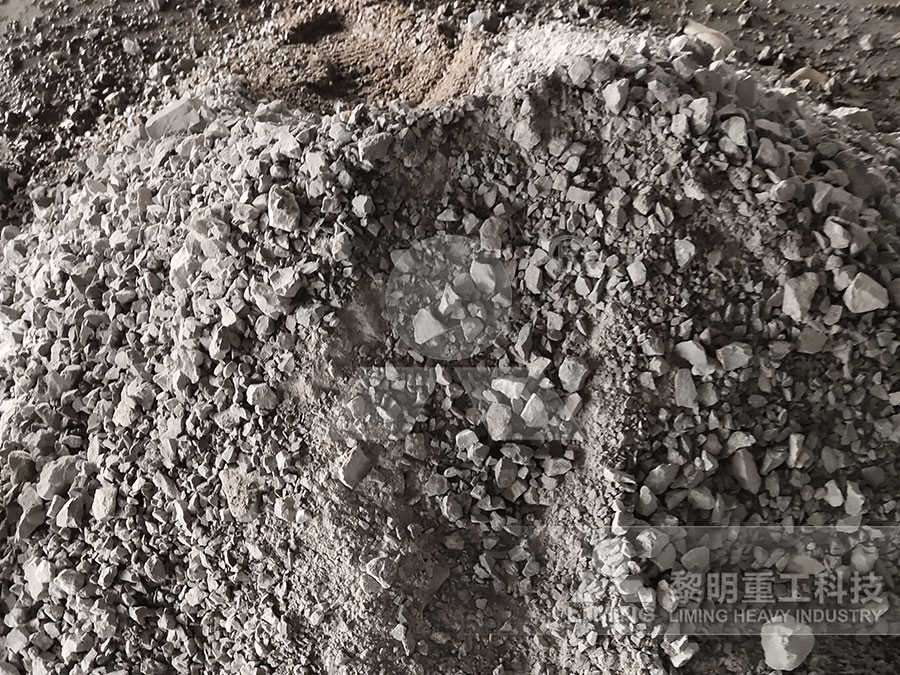
PSHA Convention – PSHA
WebPSHA is an approved provider by the Pennsylvania Department of Education to sponsor Continuing Education programs as required by ACT 48 This program is offered for 21 clock hours Individuals attending the program must arrive on time and stay the duration of the program in order to receive Act 48 Professional Education hoursWebApr 13, 2021 A new version of CRISIS, the program to perform probabilistic seismic hazard analysis (PSHA), has been released This new version, called RCRISIS v20, includes several additions and improvements with respect to previous ones, in the geometric, attenuation and seismicity models, besides having implemented a parallelized RCRISIS: 35 years of continuous developments and Springer

Probabilistic seismic hazard deaggregation of ground motion
WebPSHA is usually done with multiple GMPMs, epistemic source of uncertainties an For instance, 1 depicts Figure the uncertainties in PSHA calculation through a logic tree with various weights assigned to magnitude range and GMPMs We explicitly consider the epistemic uncertainty in PSHA by incorporating weights of GMPMs, P GMPM kWebJun 12, 2020 The probabilistic seismic hazard analysis (PSHA) has been performed for Bangladesh using background seismicity, crustal fault, and subduction zone source models The latest ground motion prediction equations (GMPEs) that are developed using global data sets have been used to estimate ground motion The uncertainties in seismic Seismic source modeling and probabilistic seismic hazard
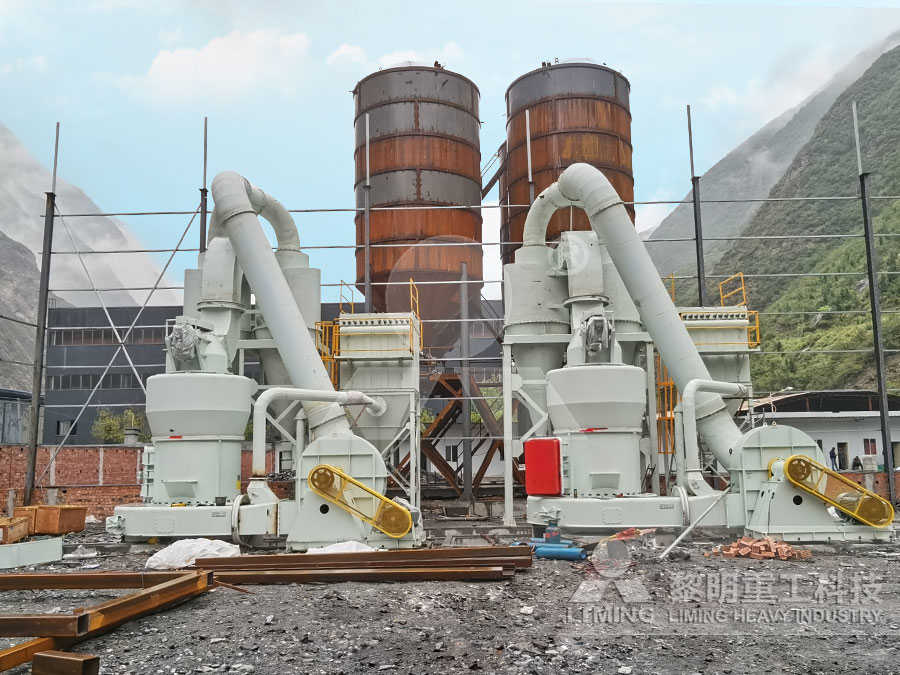
Probabilistic Seismic Hazard Analysis: Background Information
WebMay 20, 2014 Current PSHA practices deal with uncertainty by incorporating alternative views into a calculation using “logic trees” For example, the threedimensional relationship of a seismic source to a site in a PSHA study may be incompletely defined In this situation, the PSHA would develop reasonable alternative sitesource relationshipsWebA probabilistic seismic hazard analysis (PSHA) has been conducted for the seismic characterization in terms of vibratory ground motions for the coastal Thyspunt site in the Eastern Cape Province, one of sites under consideration for the construction of new nuclear power plants in South Africa In order to conform to international best practice AN APPLICATION OF THE SSHAC LEVEL 3 PROCESS TO THE
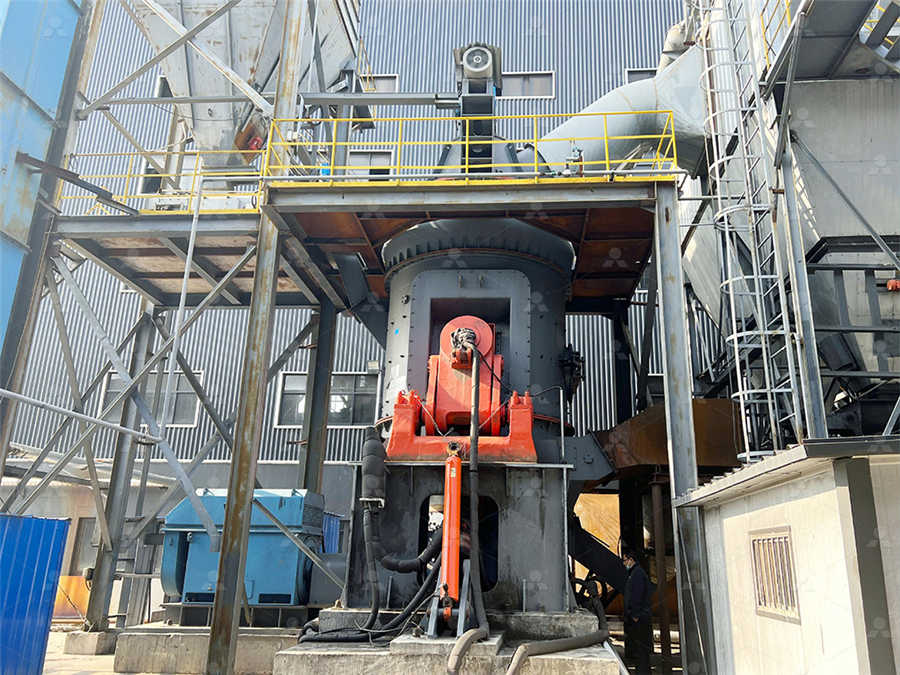
3 Introduction To Probabilistic Seismic Hazard Analysis
WebAs discussed in Chapter 2, a PSHA can be considered as a large number of determinsitic analyses The first step in a PSHA is to develop a set of relevant scenario earthquakes to consider This step is called the source characterization The term “relevant” here refers to the severity of the ground motions from the scenario earthquakeWebSep 25, 2020 In standard PSHA, the occurrence of earthquakes is modelled using a Poisson process, where the occurrence of a future earthquake is independent of the occurrence of previous earthquakes from the same source (Cornell 1968) The Poisson assumption holds for declustered catalogues, where the declustering procedure keeps Good practices in PSHA: declustering, bvalue estimation, foreshocks

Introduction to Probabilistic Seismic Hazard Analysis (PSHA)
WebAug 12, 2018 Unlike Deterministic Seismic Hazard Analysis (DSHA), Probabilistic Seismic Hazard Analysis (PSHA) allows uncertainties in the size, magnitude, location, site condition, and rate of recurrence of earthquakes to be considered in the evaluation of seismic hazards for a particular project site This post uses the presentations of WebDec 9, 2020 Including faults as seismogenic sources in probabilistic seismic hazard assessments (PSHA) has turned into a common practice as knowledge of active faults is improving Moreover, the occurrence of Frontiers Fault SystemBased Probabilistic Seismic
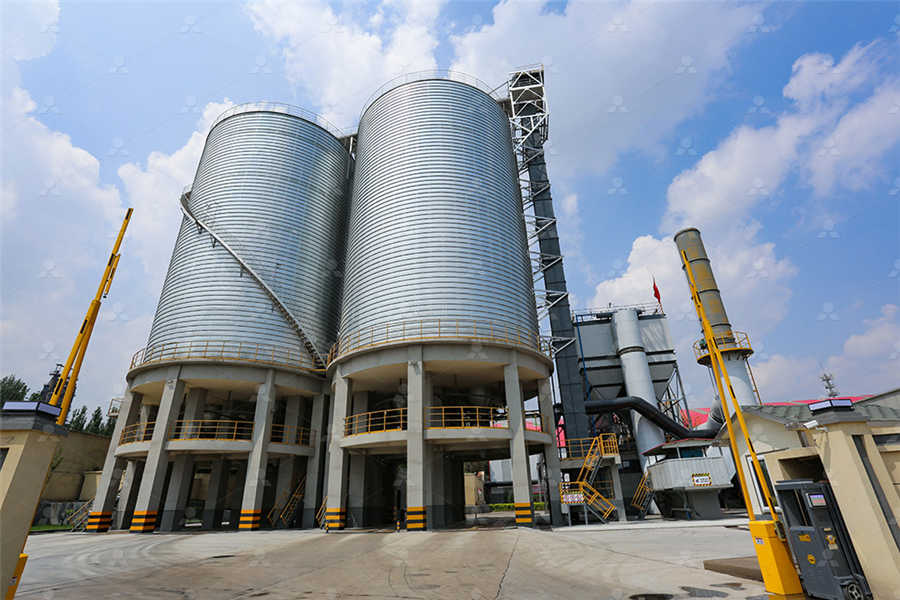
Evaluating the Use of Multisite Probabilistic Seismic Hazard
WebSep 17, 2022 This paper evaluates the use of multisite (MS) probabilistic seismic hazard analysis (PSHA), which estimates the annual exceedance rate of a given level of ground motion in at least one of several sites as one of several possible results For this purpose, (1) MSPSHA is implemented through the Monte Carlo approach, taking into account Web(PSHA) In response to these requirements, in 1997, the US Nuclear Regulatory Commission published NUREG/CR6372, Recommendations for Probabilistic Seismic Hazard Analysis: Guidance on Uncertainty and the Use of Experts Written by the Senior Seismic Hazard Analysis Committee (SSHAC), NUREG/CR6372 provides guidance Practical Implementation Guidelines for SSHAC Level 3
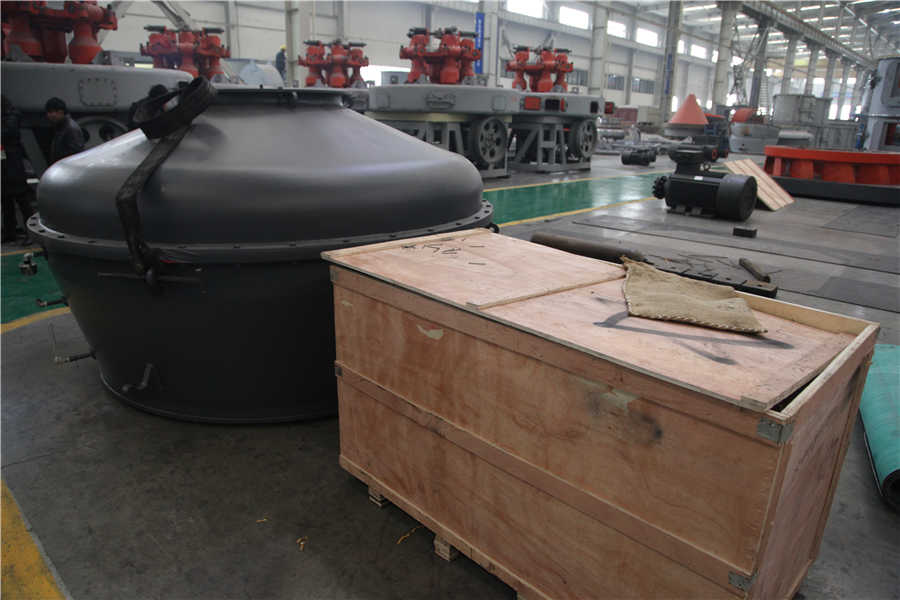
PSHA – PSHA
Web700 McKnight Park Drive Suite 708 Pittsburgh, Pennsylvania 15237 4123669858 Fax 4123668804 bPSHA is an approved provider by the Pennsylvania Department of Education to sponsor Continuing Education programs as required by ACT 48 This program is offered for 21 clock hours Individuals attending the program must arrive on time and stay the duration of the program in order to receive Act 48 Professional Education hoursPSHA Convention – PSHA

Probabilistic Approach of Liquefaction Assessment for
WebAug 14, 2020 The above probabilities correspond to return period of 475 and 2500 years, respectively The PSHA analysis is done using linear seismic sources and Fig 4 shows the seismic hazard map for a return period of 475 years The seismic hazard is high for the entire study area and the highest values are observed in the north western part of the cityWebPSHA Probabilistic Seismic Hazard Analysis RAS River Analysis System RCC rollercompacted concrete RCEM Reclamation Consequences Estimating Methodology RCT rotating cylinder test RD relative density iv July 2019 Reclamation Bureau of Reclamation RM river mileBest Practices in Dam and Levee Safety Risk Analysis
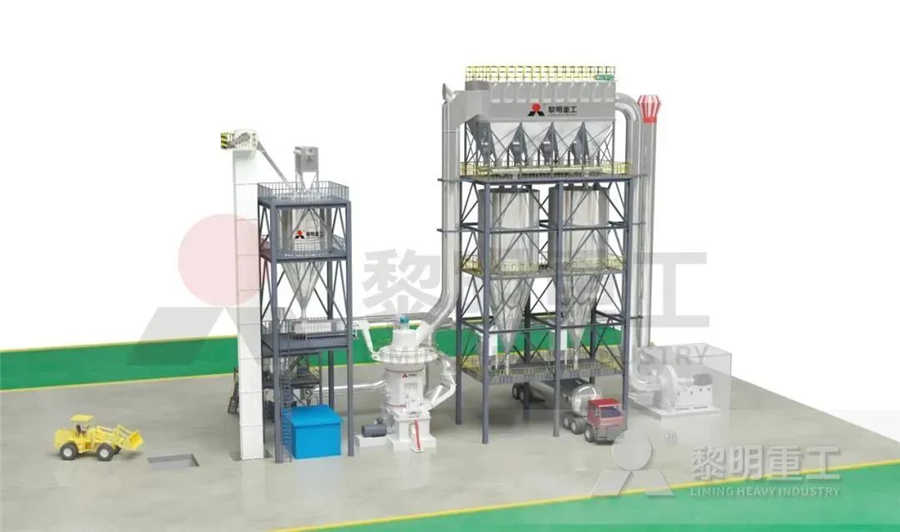
Probabilistic seismic hazard deaggregation of ground motion
WebPSHA is usually done with multiple GMPMs, epistemic source of uncertainties an For instance, 1 depicts Figure the uncertainties in PSHA calculation through a logic tree with various weights assigned to magnitude range and GMPMs We explicitly consider the epistemic uncertainty in PSHA by incorporating weights of GMPMs, P GMPM kWebMay 20, 2014 Current PSHA practices deal with uncertainty by incorporating alternative views into a calculation using “logic trees” For example, the threedimensional relationship of a seismic source to a site in a PSHA study may be incompletely defined In this situation, the PSHA would develop reasonable alternative sitesource relationshipsProbabilistic Seismic Hazard Analysis: Background Information

A practical probabilistic earthquake hazard analysis tool
WebJan 25, 2020 Earthquakes have a damaging impact on the economic welfare and resilience of communities, particularly in developing countries Seismic hazard assessment is the first step towards performing prevention, preparedness, and response or recovery actions to reduce seismic risk This paper presents a computation tool for predicting the



